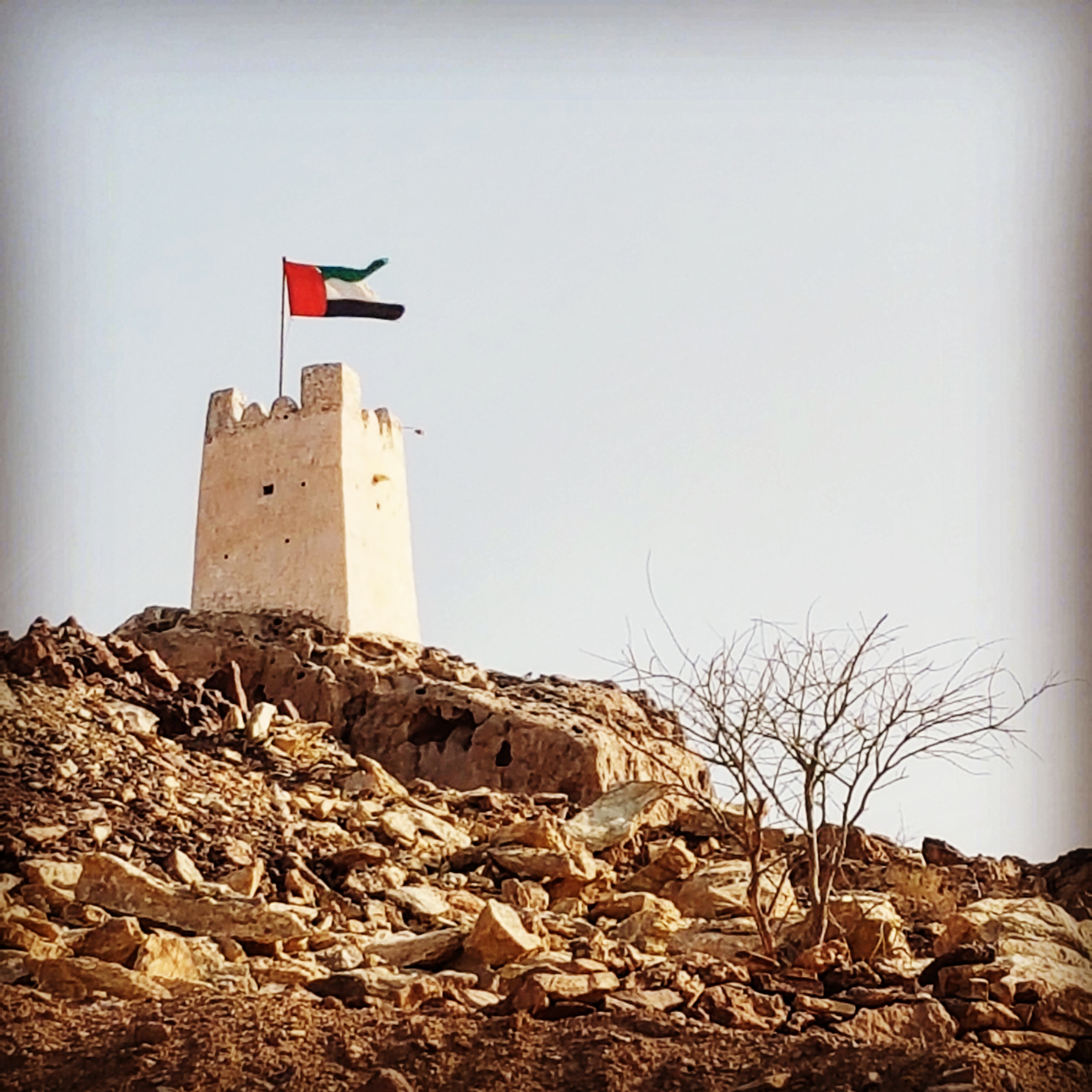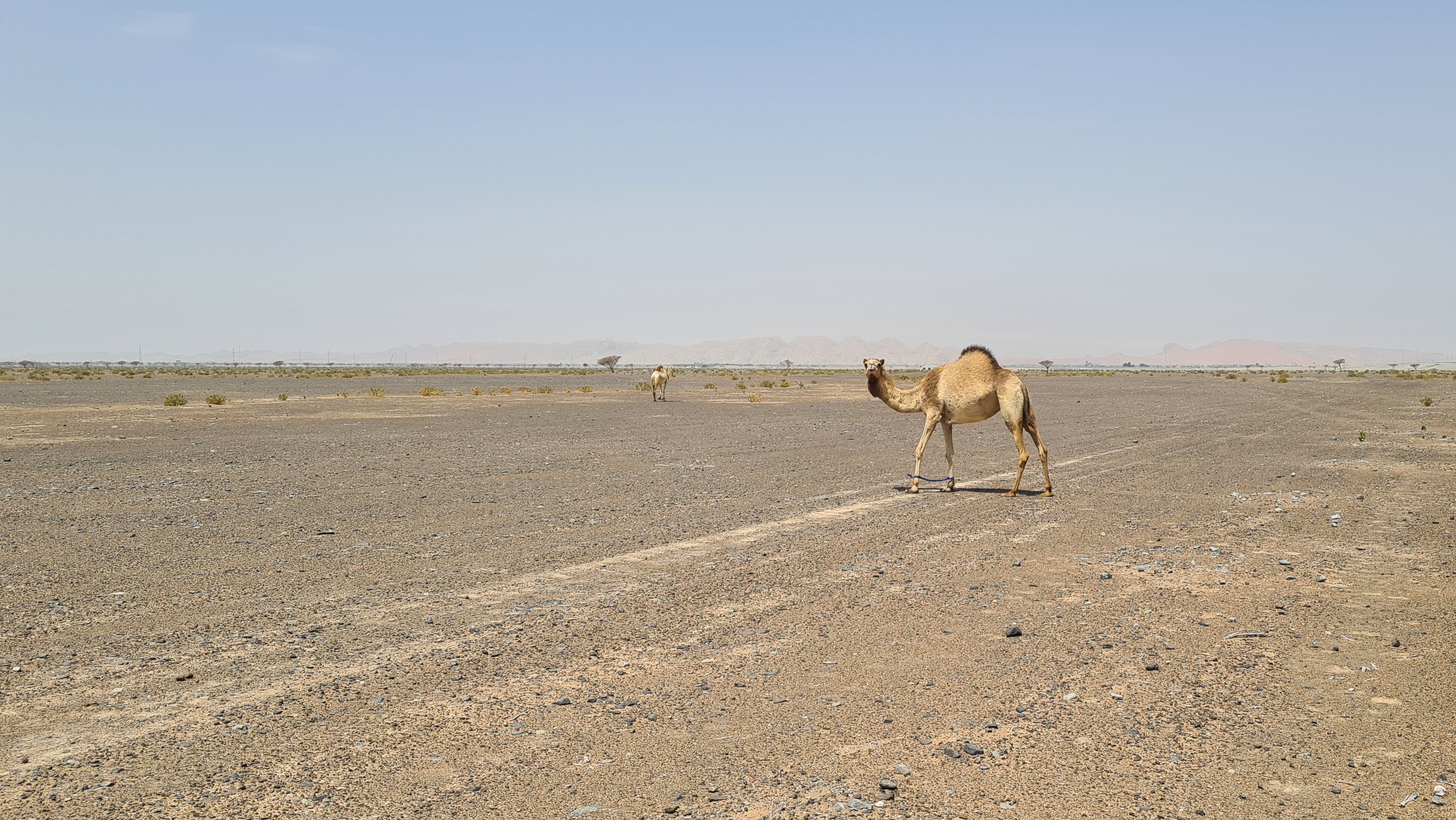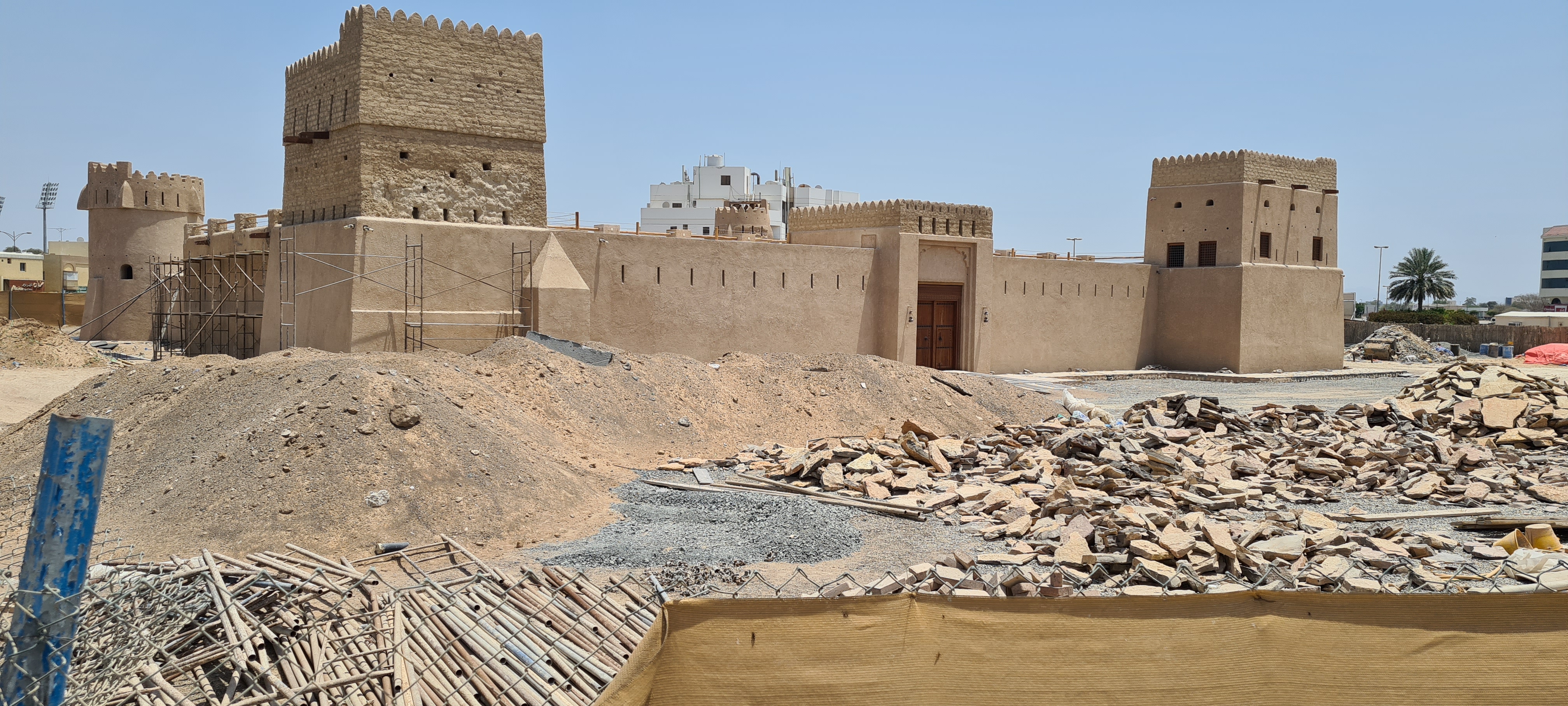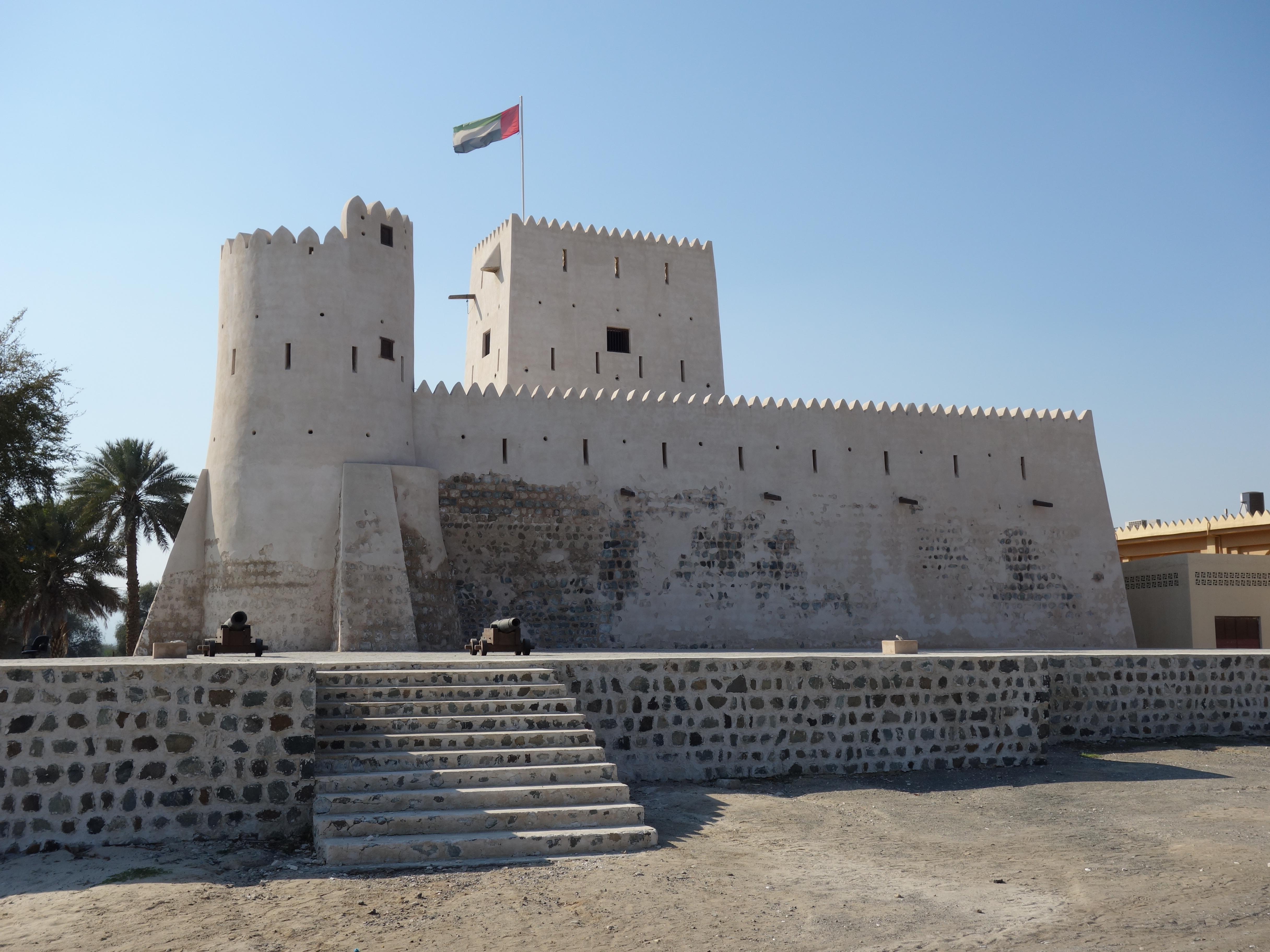|
Khawatir
The Khawatir (singular Khatri) is an Arab tribe of the United Arab Emirates, a subsection of the Na'im. Origins The Khawatir form one of three subsections of the Na'im, the others being the Al Bu Shamis and the Al Bu Kharaiban. It is from the latter that the current Rulers of the Emirate of Ajman are drawn. A Bedouin tribe, whose dar stretched from Al Buraimi Governorate, Buraimi north to the Jiri plain, Jiri Plain, the Khawatir mostly settled in the area around the Buraimi oasis and, resentful of the encroachment of the House of Nahyan, Al Bu Falah and their allies the Manasir (tribe), Manasir in the C19th, adopted Wahhabism as a doctrine. Following the Emirate of Nejd, Saudi withdrawal in 1871, they submitted to Muscat and Oman, Muscat but then became dependent on Zayed bin Khalifa Al Nahyan having been, like the Dawahir, hard pressed by his expansion in the Buraimi/Al Ain Oasis. The Khawatir frequently came into conflict with the Sharqiyin of Fujairah, but would generally all ... [...More Info...] [...Related Items...] OR: [Wikipedia] [Google] [Baidu] |
Na'im
The Na'im () (singular Al Nuaimi ) are an Arab tribe in the United Arab Emirates. The tribe is also present in other gulf countries. The Na'im are divided into three sections, the Al Bu Kharaiban, the Khawatir and the Al Bu Shamis (singular Al Shamsi). It is from the former section that the current Rulers of the Emirate of Ajman are drawn. Al Bu Shamis has become virtually independent and is closely associated with the Al Bu Falasa of Dubai. The traditional heart of Na'im territory was the oasis town of Buraimi and nearby Al Ain, where Na'im expansion came at the expense of the Dhawahir tribe, but also rubbed up against the Bani Yas and the allied Manasir. Although the Na'im were linked to the growing Wahhabi influence in the Buraimi area and adopted the doctrine, they allied with other forces to evict the Wahhabis from Buraimi in 1871 and subsequently occupied many of the forts around Buraimi. However, following the death of Zayed the Great, the Na'im once again came un ... [...More Info...] [...Related Items...] OR: [Wikipedia] [Google] [Baidu] |
Ghafalah
The Ghafalah (singular Al Ghafli) is an Arab tribe of the United Arab Emirates (UAE). Origins An entirely Bedouin tribe at the turn of the 20th century, the Ghafalah roamed the Jiri Plain inland of Ras Al Khaimah and particularly Umm Al Quwain, but did not extend their ''dar,'' or roaming territory, into the Hajar Mountains or even their foothills. At the time numbering some 500 in strength, by 1968 their numbers had dwindled to 197 people living in the five northern Emirates. A Ghafiri tribe, the Ghafalah were close to the Al Nahyan of Abu Dhabi and often supported them in conflict. They claimed precedence over a number of wells inland, often sharing these with the Khawatir. They subsisted mainly by selling firewood and charcoal in the coastal towns, and by the produce of their 700 camels, 1,000 sheep and goats as well as cattle and donkeys. They also carried goods such as dates across inland routes to service coastal traders. The Ghafalah were one of a number of tribes opp ... [...More Info...] [...Related Items...] OR: [Wikipedia] [Google] [Baidu] |
Sharqiyin
The Sharqiyin (, singular Al Sharqi ) is a tribe of the United Arab Emirates (UAE). The Sharqiyin were long the dominant tribe along the East coast of the Trucial States (and the second most numerous in the area around the start of the 19th century), an area known as Shamailiyah. A 1968 census showed 90% of the tribal population of Fujairah was Sharqiyin. They were traditionally dependents of Sharjah and, over the centuries, made several attempts to secede and declare independence, finally practically managing this from 1901 onwards and finally gaining British recognition as a Trucial State, Fujairah, in 1952. They settled all along the East Coast of the Trucial States, from Kalba to Dibba, as well as in the Wadi Ham and Jiri plain and by the turn of the 20th century they were some 7,000 strong. Three sections of the tribe are notable, the Hafaitat (from which the ruling family of Fujairah derives), the Yammahi and the Hamudiyin. After the Bani Yas, the Sharqiyin were th ... [...More Info...] [...Related Items...] OR: [Wikipedia] [Google] [Baidu] |
Bedouin
The Bedouin, Beduin, or Bedu ( ; , singular ) are pastorally nomadic Arab tribes who have historically inhabited the desert regions in the Arabian Peninsula, North Africa, the Levant, and Mesopotamia (Iraq). The Bedouin originated in the Syrian Desert and Arabian Desert but spread across the rest of the Arab world in West Asia and North Africa after the spread of Islam. The English word ''bedouin'' comes from the Arabic ''badawī'', which means "desert-dweller", and is traditionally contrasted with ''ḥāḍir'', the term for sedentary people. Bedouin territory stretches from the vast deserts of North Africa to the rocky ones of the Middle East. They are sometimes traditionally divided into tribes, or clans (known in Arabic as ''ʿašāʾir''; or ''qabāʾil'' ), and historically share a common culture of herding camels, sheep and goats. The vast majority of Bedouins adhere to Islam, although there are some fewer numbers of Christian Bedouins present in the Fertile Cres ... [...More Info...] [...Related Items...] OR: [Wikipedia] [Google] [Baidu] |
Dhaid
Dhaid, or Al Dhaid (), is the capital of the Central Region of the Emirate of Sharjah in the United Arab Emirates. An oasis town, it has extensive irrigated date palm plantations with water channelled from the nearby Hajar mountains, at least in part through ancient tunnels dug for that purpose, known as '' aflāj'' in Arabic (''falaj'' in the singular). Dhaid has long occupied a strategic location in the mouth of the important Wadi Siji. History and prehistory An archaeological site discovered here in 2015 shows evidence of habitation by humans going back hundreds of thousands of years to the Stone Age. In particular, awls for piercing holes in the leather of animal hides, scrapers for cleaning leather, and stone axes were found here. At the turn of the 20th century, Dhaid consisted of some 140 houses, owned by sections of the Tanaij, Bani Qitab and Khawatir tribes, including larger houses with mud brick towers. It also had a four-towered Al-Qasimi fort, featuring two round ... [...More Info...] [...Related Items...] OR: [Wikipedia] [Google] [Baidu] |
Jiri Plain
The Jiri plain is an area of gravel plain extending across areas of Southern Ras Al Khaimah, Eastern Sharjah and Western Fujairah, United Arab Emirates (UAE). The area, some 15 miles in length and 8 miles in breadth, is triangulated with the villages of Khatt and Habhab to the North; Adhen to the East and Dhaid to the South. To the West the plain is enclosed by sand dunes. The soil of the Jiri plain is darkened by debris brought down by seasonal waters from the mountains, which helps to define its rich, loamy character and high carbonate content (from the outwash of Cretaceous limestone). The plan is thickly populated by acacia (''Acacia tortilis'') and ghaf trees, as well as tamarisk and other hardy varieties. A number of deep aquifers run under the plain. The settled population of the area at the time of Lorimer's 1908 ''Gazetteer of the Persian Gulf'' was some 1,000 strong, mostly members of the tribes of Awanat, Mazari, Naqbiyin, Sharqiyin (in the area of Wadi Ham) and ... [...More Info...] [...Related Items...] OR: [Wikipedia] [Google] [Baidu] |
Al Bu Kharaiban
The Al Bu Kharaiban is an Arab tribe of the United Arab Emirates, a subsection of the Na'im and the tribe from which the Al Nuaimi, Rulers of the Ajman, Emirate of Ajman are drawn. Origins John Gordon Lorimer (civil servant), Lorimer, in his 1908 Gazetteer of the Persian Gulf, Oman and Central Arabia, Gazeteer of the Persian Gulf, recorded some 140 Al Bu Kharabian living in Hafit village near Al Buraimi Governorate, Buraimi, noting they were semi-settled, cultivating dates in the summer and roaming to find pasture for their flocks in the winter. He also observed some 700 Al Bu Kharaiban in Ajman town and a further 90 townsfolk and 90 Bedouin at Hamriyah (today a part of Sharjah). He also notes a number of Al Bu Kharaiban in Buraimi village itself, as well as in Su'arah in the Tawam (region), Buraimi Oasis, and that it is from these members of the tribe that the Ruler of Ajman was drawn. Lorimer identifies the Na'im in general as 'the most powerful Ghafiri tribe in the Dhahirah dis ... [...More Info...] [...Related Items...] OR: [Wikipedia] [Google] [Baidu] |
Al Bu Shamis
The Al Bu Shamis () or Al Shawamis () (singular Al Shamsi ) is an Arab tribe of the United Arab Emirates, located mainly in the United Arab Emirates and Northern Oman. Origins The Al Bu Shamis are one of three sections of the Na'im, the others being Al Bu Kharaiban and Khawatir. Of the three sections, the Al Bu Shamis has become virtually independent and associated closely with the Al Bu Falasa of Dubai. The Al Bu Shamis emigrated from Western Arabia to settle around the Dhahirah and Sunaynah areas. Later migrations led some of them to Al Ain and the Buraimi Oasis. Al Shamsi were also traditionally the heads of both Hamriyah and Al Heera, dependencies of Sharjah that frequently attempted to assert their independence through the 19th and into the 20th century. While the Na'im were often involved in disputes and open warfare with other tribes, including the Bani Kaab, Bani Qitab and Al Bu Falasah, the Al Bu Shamis remained generally on good terms with other tribes, pa ... [...More Info...] [...Related Items...] OR: [Wikipedia] [Google] [Baidu] |
Kalba
Kalba () is a city in the Emirate of Sharjah in the United Arab Emirates (UAE). It is an exclave of Sharjah lying on the Gulf of Oman coast north of Oman. Khor Kalba (Kalba Creek), an important nature reserve and mangrove swamp, is located south of the town by the Omani border. Kalba Mangrove reserve is open to the public and was developed as an eco-tourism resort by the Sharjah Investment and Development Authority (Shurooq). A number of conservationists and ecologists have expressed concern regarding the project. History Shell middens dating back to the fourth millennium BCE have been found at Kalba, as well as extensive remains of the Bronze Age Umm Al Nar culture. An extensive and important assembly of petroglyphs lies to the south of Kalba at Khatm Melaha. Portuguese The town was captured by the Portuguese Empire in the 16th century and was referred to as ''Ghallah''. It was part of a series of fortified cities that the Portuguese used to control access to the Persi ... [...More Info...] [...Related Items...] OR: [Wikipedia] [Google] [Baidu] |
Khalid Bin Ahmad Al Qasimi
Khalid (variants include Khaled and Kalid; Arabic: خالد) is a popular Arabic male given name meaning "eternal, everlasting, immortal". It also appears as a surname. Behind the Name; accessed February 2016 Notable persons Politics and military * Khalid ibn al-Walid (died 642), Arab military commander in the service of the Rashidun Caliphate *[...More Info...] [...Related Items...] OR: [Wikipedia] [Google] [Baidu] |
Al Qasimi
The Al Qasimi (, spelled sometimes as Al Qassimi or Al Qassemi; plural: Al Qawasem and, archaically, Joasmee) is an Arab dynasty in the Persian Gulf that rules Emirate of Sharjah, Sharjah and Emirate of Ras Al Khaimah, Ras Al Khaimah, today forming two of the seven emirates of the United Arab Emirates. They are one of the longest reigning royal families in the Arabian Peninsula, Arabian peninsula. Historically, they also ruled over the town of Bandar Lengeh, Lengeh as sheikhs for a century until its annexation by Iran in 1887. Historically, the "Qawasim" were a confederation of Sunni Islam, Sunni Tribes of Arabia, tribes in south eastern Gulf region surrounding the cities of Ras al-Khaimah and Sharjah; and faced strong rivalry with the Omani Empire, Omani empire for naval domination along the Persian Gulf. Due to their allegiance to the Wahhabism, Wahhabi Emirate of Diriyah, Emirate of Dir'iyah, the British Empire branded them as "pirates" and fought two major military campaigns ... [...More Info...] [...Related Items...] OR: [Wikipedia] [Google] [Baidu] |
Bani Qitab
The Bani Qitab (Singular ''Al Qetbi'', ) is an Arab tribe of the United Arab Emirates (UAE) and Oman. The singular form of the name, ''Al Ketbi'', is a common family name in the Northern UAE today. Consisting of a settled southern section and a nomadic northern section, the tribe was long influential in the conduct of affairs in the interior of the Trucial States. The Northern branch mostly settled in the inland towns of Dhaid and Al Falayah. Settlement The tribe consisted, at the turn of the 19th century, of some 2,100 nomadic Bedouin (of whom some 600 were fighting men) and 2,700 settled people. The Bedouin ''dar'', or district, of the Bani Qitab stretched from South of the Buraimi oasis to the Eastern foothills of the Hajar Mountains, the Jiri plain to the North of Sharjah and the fertile area around Sharjah's inland oasis town of Dhaid. The Southern Bani Qitab, some 500 households, settled around the village of Aflaj Bani Qitab in the Dhahirah area. Over time these sepa ... [...More Info...] [...Related Items...] OR: [Wikipedia] [Google] [Baidu] |







